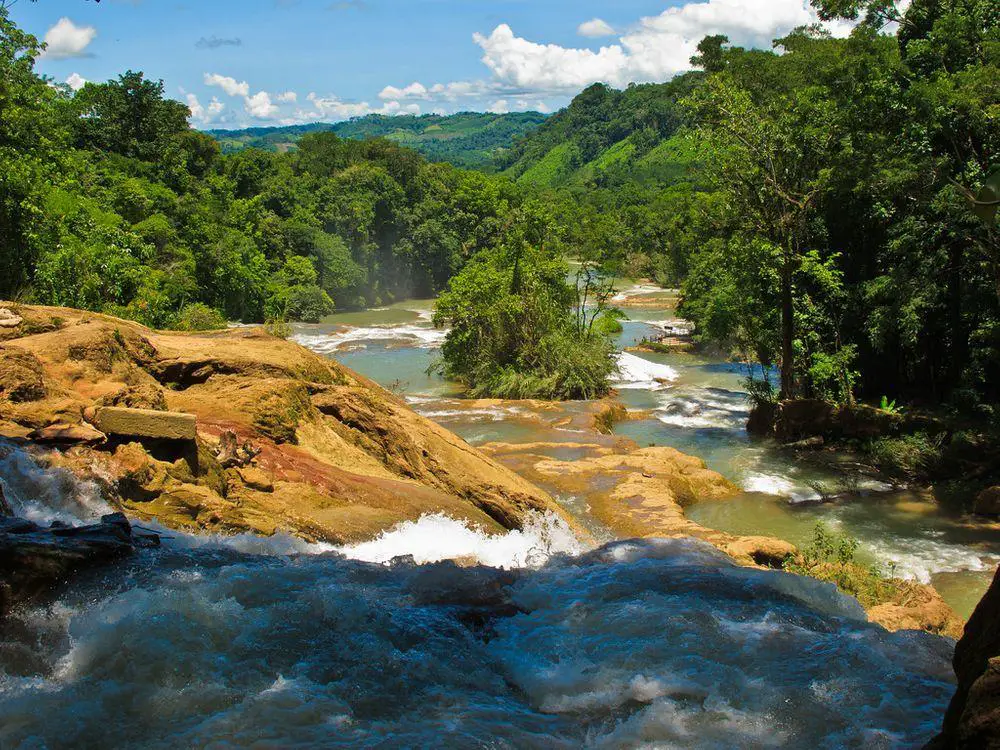World 🢖 North America 🢖 Mexico 🢖 Chiapas
Waterfalls 🢔 Geological wonders 🢔 Categories of wonders
Wonder
Agua Azul Waterfalls
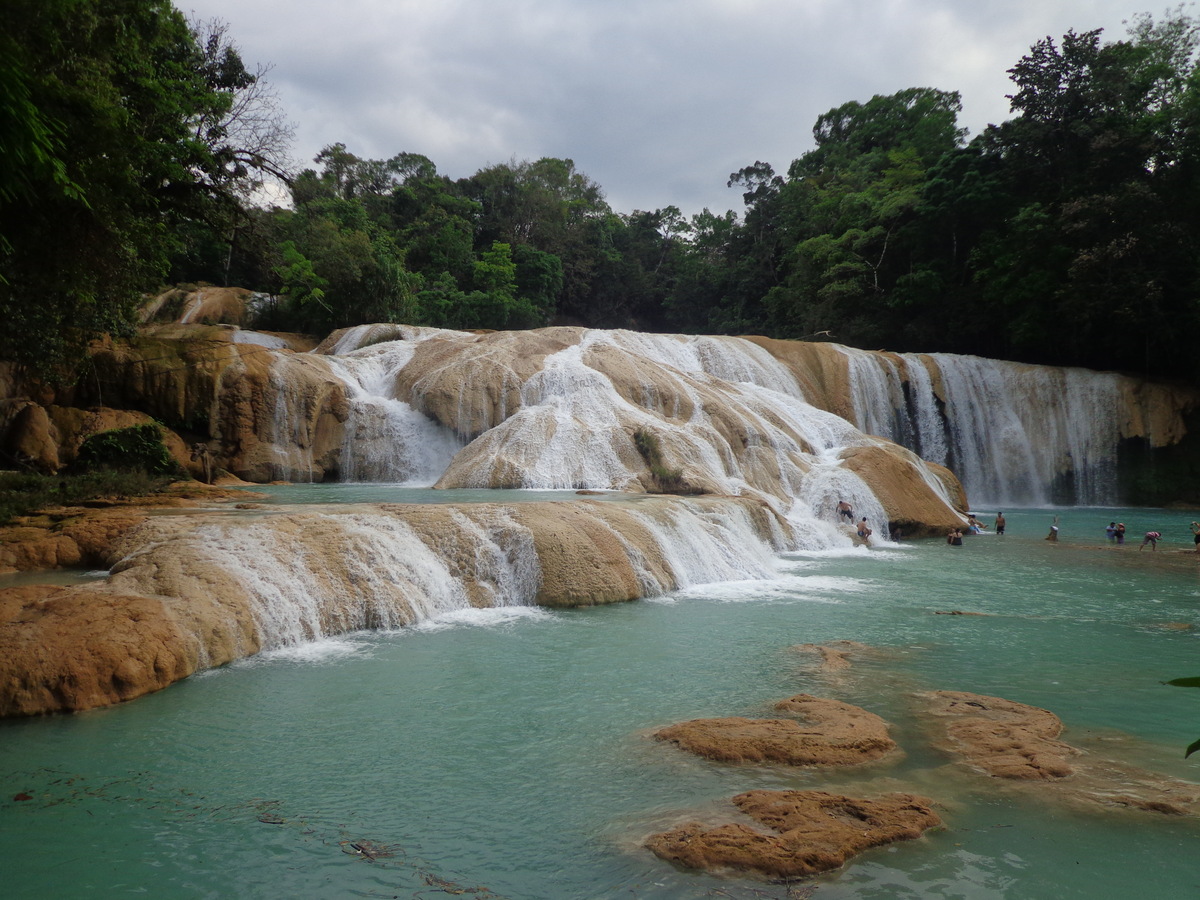
 In short
In short
One of world’s largest systems of limestone terraces is Agua Azul Waterfalls in Chiapas, Mexico. Here Xanil River descends from a steep hill, over a distance of some six kilometers forming some 500 cascades.
 42.3%
42.3%
GPS coordinates
Location, address
Name in Spanish
Total height
Drops
Width
Stream
Map of the site
If you see this after your page is loaded completely, leafletJS files are missing.
 In detail
In detail
Limestone terraces
The total height of all the cascades is around 200 meters. Nevertheless, this can not be counted as one waterfall as the distance between separate steps sometimes is quite large.
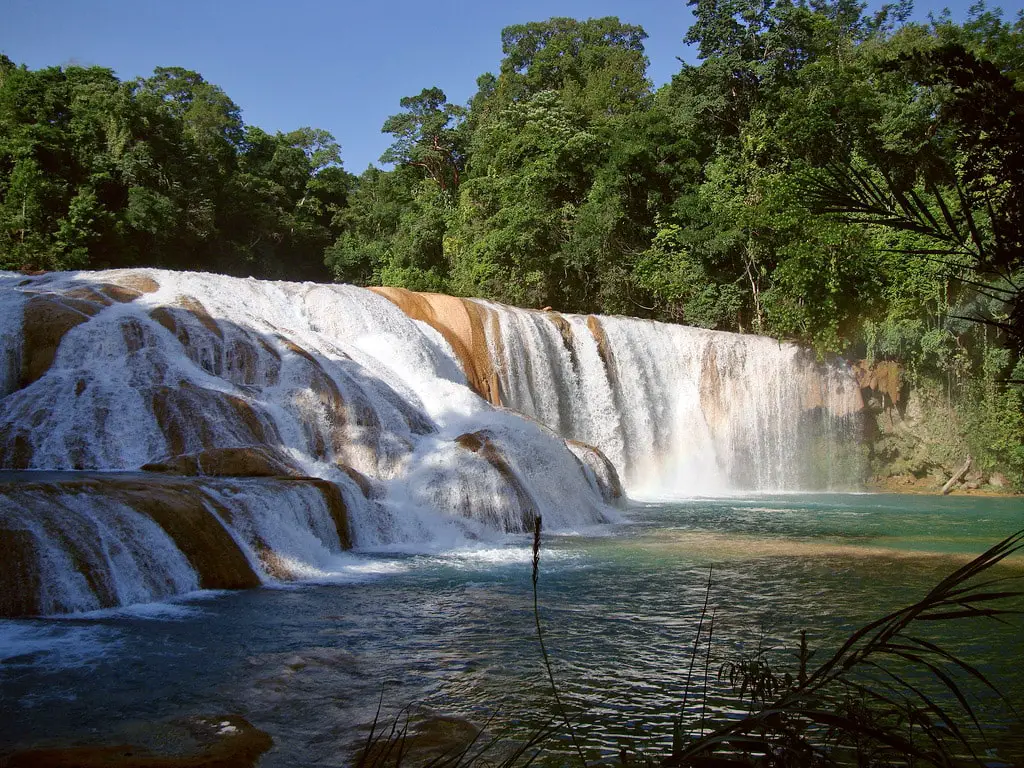
The steps of Agua Azul Waterfalls – gours – have been formed by the river itself because the river water is rich with lime and deposits this substance on its way. Fallen trees and even living trees on the way of the stream are encased in lime. Lime has colored the water in a beautiful turquoise and green color. This color contrasts with the brown and white lime as well as the lush rainforest on both sides of the river. Few places in the world have such a special, unusual beauty.
During the dry period of the year in December – July visitors can enjoy the beautiful blue and green color of the water in the falls. When the rainy period comes, there is more water in the falls making them more impressive. At high water the color of the stream though becomes less attractive – it is muddy and brown.
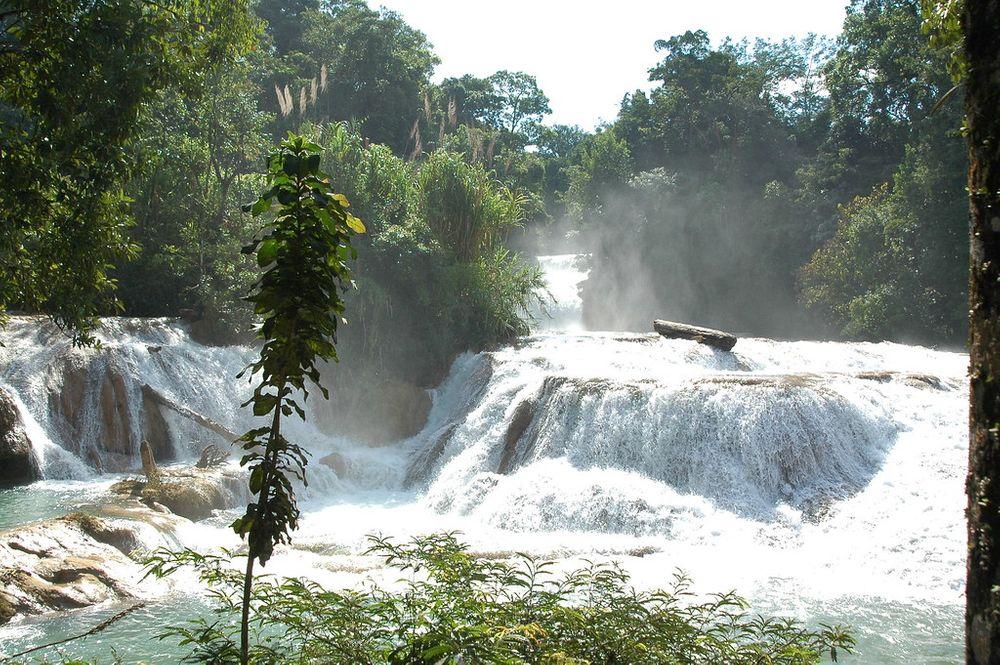
Tourism industry
This miracle of nature is a protected area since 1980. The tourism industry has evolved here – visitors come to walk along the stream, and many take a bath in selected, safe basins. Many places though are dangerous for swimming because one can get washed over the cliffs or dragged under sharp cliffs. Rather few visitors walk uphill, to the upper part of the falls. Then they are rewarded with gorgeous views and, often, solitude away from the countless tourist traps in the village.
After the Chiapas earthquake on September 8, 2017, the rocks cracked and most of the water bypassed the tufa formations. It seems, some blame lies also with local companies taking away the water. In order to keep the tourism industry running, local people partly restored Agua Azul Waterfalls in a few months’ time.
Not too far is Misol-Ha waterfall and many more beautiful waterfalls.
 Linked articles
Linked articles
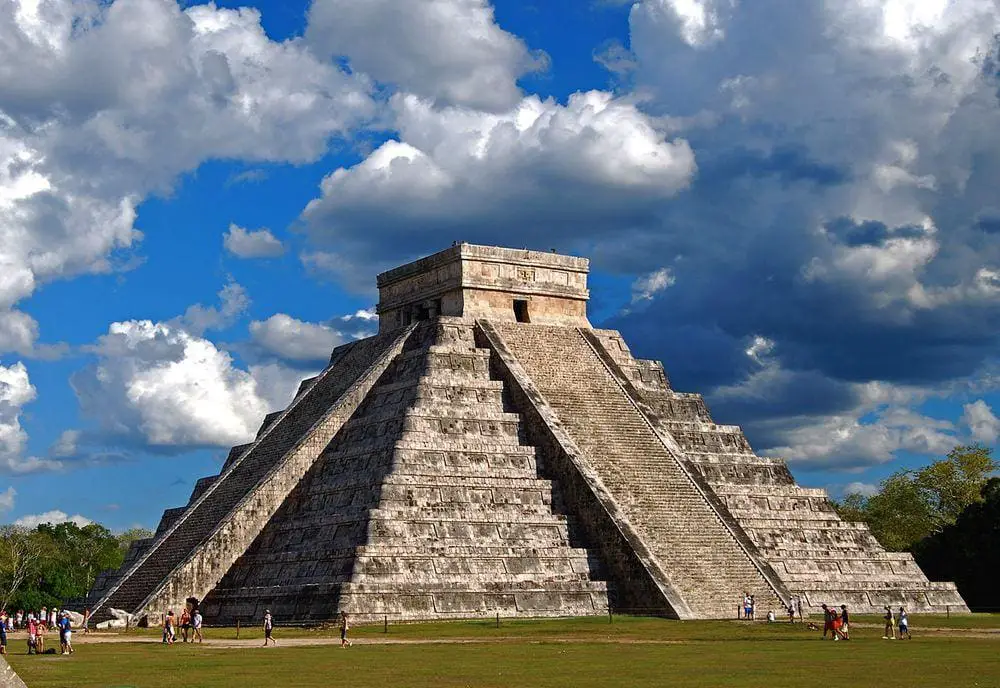
Wonders of Mexico
Few countries in the world can offer such an array of unique and astounding attractions as Mexico.
The area of this country was the cradle of several highly developed indigenous civilizations and some regions in the country are dotted with remnants of ancient cities with temples, palaces, and pyramids.
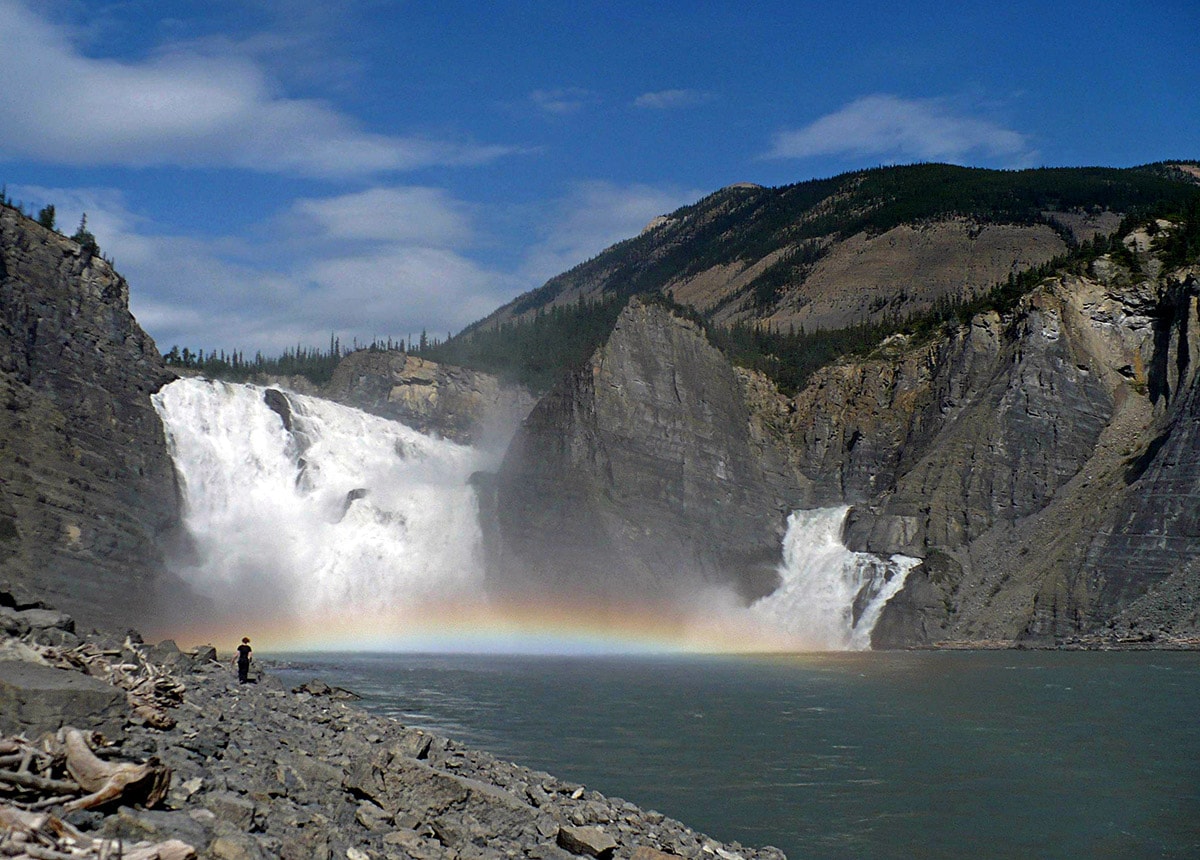
Waterfalls
Some of the most fascinating and awe-inspiring natural monuments are waterfalls or locations where a river abruptly changes its elevation.
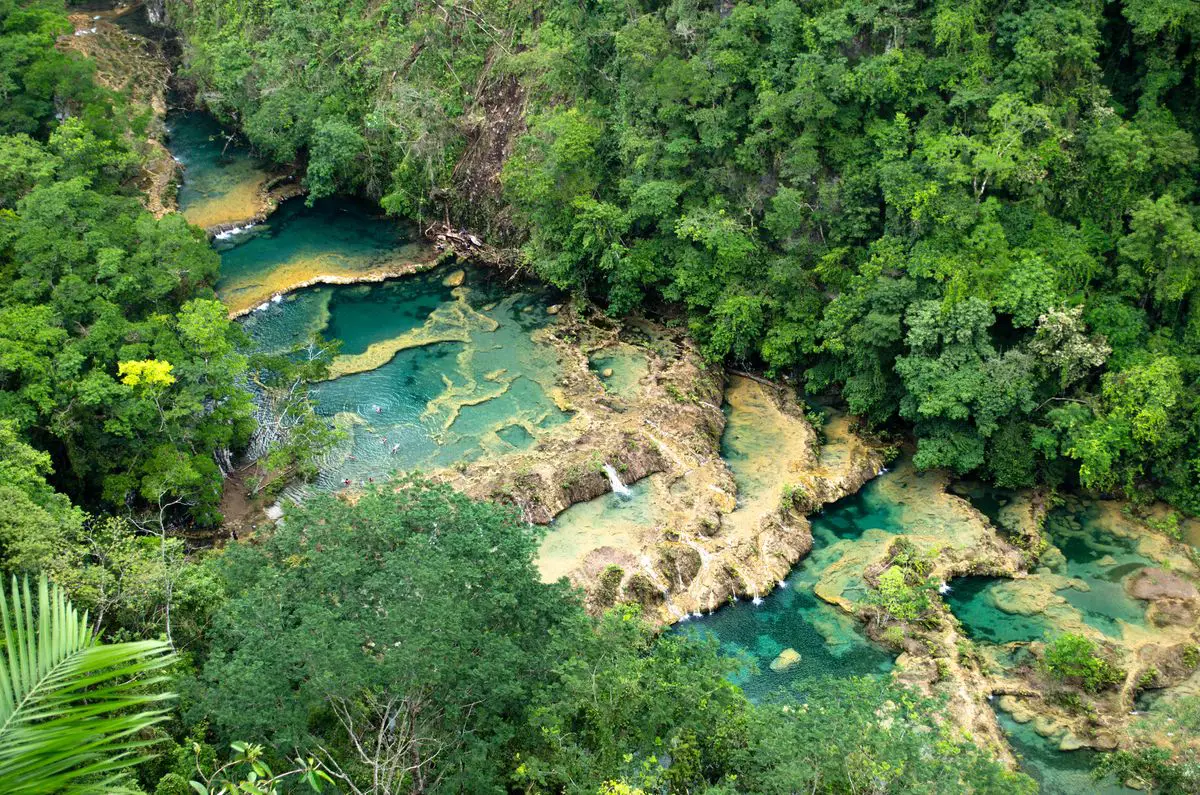
Spring tufa, travertine, and other formations
This category includes very diverse landmarks that have one thing in common: all of them are created by springs that are depositing chemical sediments – silica, carbonates, salt, or other chemical compounds.
 Recommended books
Recommended books
Ruins, Caves, Gods, and Incense Burners: Northern Lacandon Maya Myths and Rituals
The Lacandon Maya is a small-scale forest society currently on the brink of extinction. Small groups of Northern Lacandon escaped evangelization by dispersing into the jungle, moving from the Guatemalan Petén to Chiapas in southern Mexico during the seventeenth, eighteenth, and nineteenth centuries. Several groups maintained their traditional religion until the late twentieth century.
Travellers’ Wildlife Guides Southern Mexico: The Cancun Region, Yucatan Peninsula, Oaxaca, Chiapas, and Tabasco
For travelers interested in wildlife, Beletsky, a wildlife biologist, and zoology instructor provides descriptions of the ecology, behavior, and conservation of about 400 species of amphibians, reptiles, mammals, and birds in southern Mexico, focusing on the Yucatán Peninsula, Oaxaca, and Chiapas. Aiming to present information in one compact volume, he focuses on animals that travelers are most likely to see.

